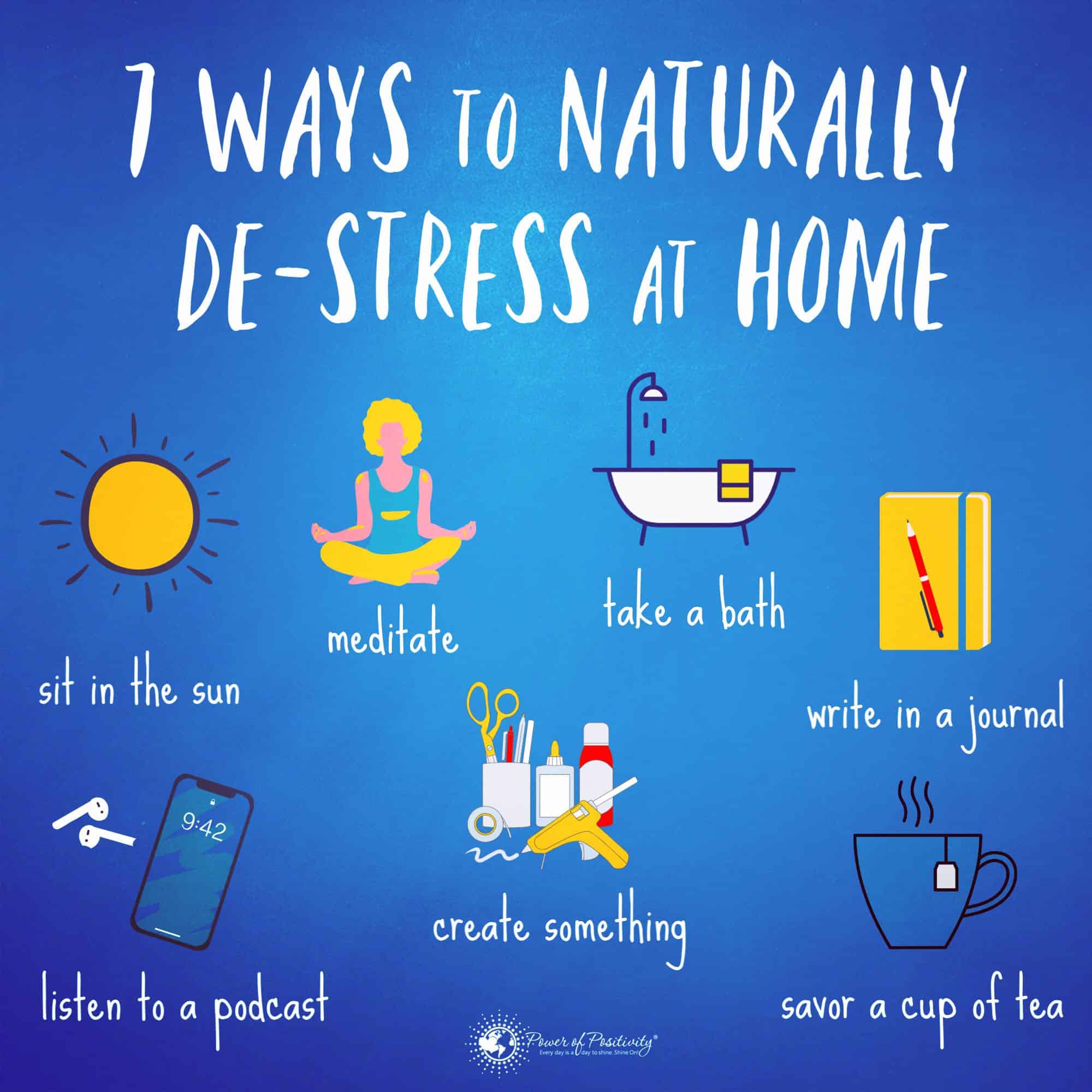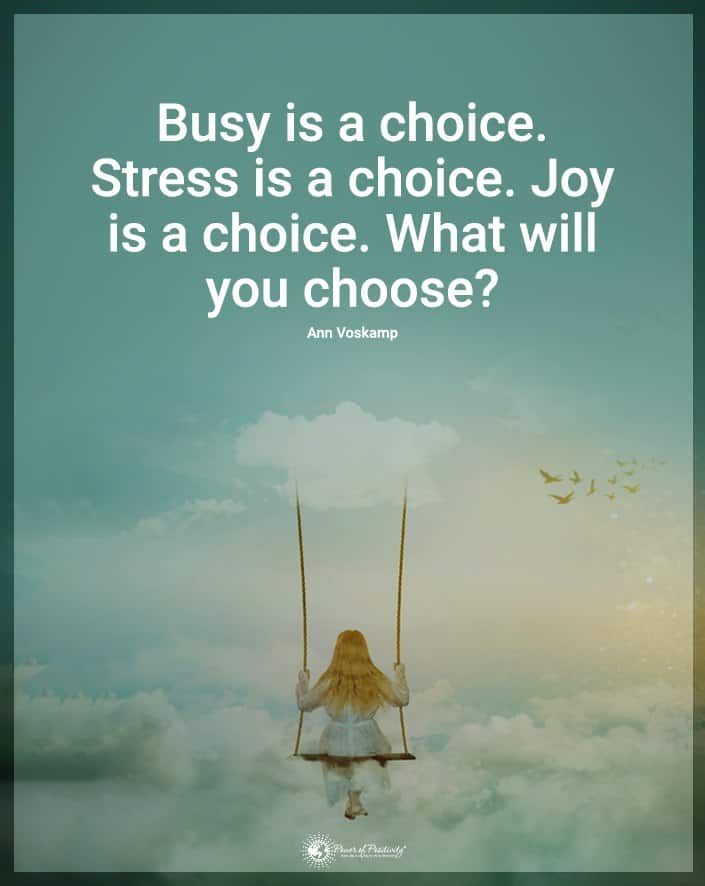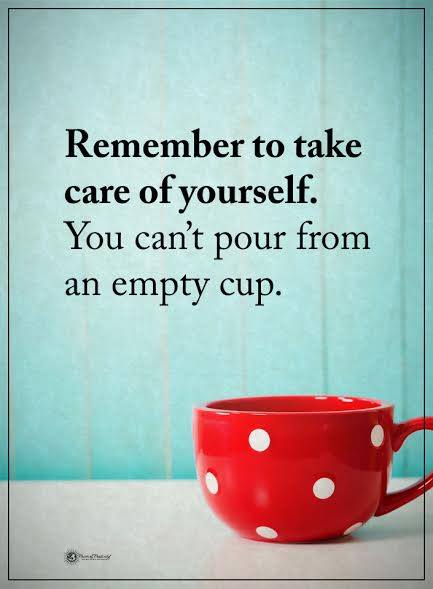There’s nothing better than a nice, refreshing power nap. When you were a child, you fought your parents on laying down for an afternoon snooze. However, as an adult, you relish the moments you get to sleep during the day.
Did you know that some cultures feel so strongly about the afternoon nap that they give employees time to go home and rest? According to Oura, it’s called a Siesta, and it’s pretty standard in climates where the weather is hot. Siesta means nap or Sleep, but this Spanish term is used to help employees during the day’s heat.
When the countries are closer to the equator, the temperatures are much hotter. So, employers often give extended lunch periods for the employees to eat and relax before coming back to work. In Italy, this rest break is called the “Riposo.”
What Is a Power Nap?
What do you consider a nap? Do you take a one, two, or three-hour snooze? According to the Cleveland Clinic, you don’t need that long to refresh and rejuvenate your body. A power nap, per the article, is anything from ten to twenty minutes in length.
Napping doesn’t have to be an extended period, but some people have their thoughts on this matter backward. You probably think that a ten-minute snooze sounds crazy, as it takes some people more than that amount of time to get to Sleep.
However, studies from Oxford show that you only need about a ten or twenty-minute power nap to reset your energy levels.
While the study saw some benefits after a ten-minute nap, the energy levels increased after twenty minutes. The only issue the scientists warned about is this. If you sleep for more than thirty minutes, the people studied had a sleep inertia effect that made them sluggish.
While most American employers won’t give you a two-hour break for a nap, you can take a power nap during your lunch. The key is to wake yourself before you go into the REM or deep state of rest. When you awaken yourself once you’ve entered REM, it’s going to be counterproductive.
Too Long a Power Nap Can Disrupt Your Sleep Cycle
To fully understand the value of a power nap, you need to know what happens when you sleep for too long. Your sleep divides into four cycles, which are:
•Entering Sleep Mode
When your body first starts to sleep, you’re in a twilight phase. This part of your rest will last anywhere from two to seven minutes, so you don’t linger here long. It’s where your body and mind are shutting down so that you can get to sleep.
At this phase, you can quickly awaken as you’re not thoroughly entranced. So, a child yelling for you or a TV can wake you up without much effort.
•Light Sleep
Now, you’re sleeping soundly. It’s not going to be easy to wake you, and you won’t respond to anything but loud noises. You will be in this phase anywhere from 15-25 minutes,
During this time, your blood pressure, heart rate, and breathing all slow down, as do your metabolic functions. Your eyes are no longer dancing back and forth, as they’ve fixated so that you can rest.
When folks question how long they should nap, they shouldn’t let their bodies go beyond this sleep level. So, if you’re asleep for more than 25 minutes, you’re going to head into a deep slumber that makes it harder to wake.
It’s tougher to recover if you don’t linger long enough in the REM sleep state. If you want to take a power nap, you must remember it’s not like going to bed for the night, so you need to make sure you time your afternoon break appropriately.
•Deep Sleep
Your body is ready to repair and restore any damage, and it’s going into the deepest part of Sleep. Your brain waves are slow, and you’re going to spend around 25 percent of your rest time in this phase, according to Biohack Sleep.
It will take you about one hour to get from stage one to this one, but once you arrive, you’re in a trance-like state. Though you’re in a deep state of rest, you won’t dream in this phase.
•REM Sleep
You’ve probably heard a lot about this sleep level as it’s called rapid eye movement, or the phase where you do all your dreaming. This state can last up to an hour, and as an adult, you spend about 20 percent of your rest time here. Oddly enough, your brain is quite active even though your body isn’t.
If you were to look at a brain scan, it would appear that you’re awake. However, you’re asleep. If you get awakened from this phase, you will find yourself disoriented, and it takes a few minutes to get your boundaries. Also, if you don’t spend sufficient time here, it can make you dizzy and off the next day.
How to Take a Power Nap
You’ve learned about the sleep cycles and how long you should stay asleep, and now it’s time to learn about how to take a nap in just a few straightforward steps. Here are five easy ways to get some quick refreshment.
1. Find a Comfortable Spot for Your Power Nap
The key to getting the rest you need is to find a comfortable spot to sleep. You may use your cubicle at work or your car on your lunch break. Just make sure things like the temperature and noise level are conducive to rest.
You don’t always need a pillow and blanket to rest your mind, and in the instance of these quick naps, it’s probably not a good idea to have one. You might be tempted to sleep longer if you make yourself feel like you’re going to bed.
2. Set an Alarm but Turn Off Electronics
Whether you’re at home or in the car, you need to make sure you turn off all your electronics. Since your nap is such a short period, you don’t want anything to interrupt you. You can set the alarm on your phone to ring even though all other alerts are silenced.
Resist the urge to scroll to get yourself to sleep, which can keep you from drifting off. Plus, the blue light from your cell phone may prohibit this rest period.
3. Keep Your Eyes Closed
You want to meditate to get you to a place of rest. Meditation can help to calm you, relieve your stress, and help you get some restorative sleep. Don’t be tempted to look around, as you want to keep those eyes closed to focus on just your breathing.
4. Get Up From Your Power Nap When the Alarm Sounds
It’s going to be tempting to hit the snooze button and go back to sleep for a longer time. However, this can mess up your sleep at night and make it harder to get anything done. If you don’t set the alarm and rest on your break at work, you risk not getting up.
5. Shaking Off Your Slumber
If you feel exhausted after your nap, you can try doing some exercises to wake you up. Jumping jacks work great at getting the blood pumping and ensuring that you’re fully awakened. If you take your nap on an hour’s lunch break, you should still have enough time to eat and do five minutes of exercise before you get back to work.
When to Take a Power Nap?
Many people take their naps at different times during the day, but you must take this rest period before three pm. If you nap too late, then you risk the chance of having your Sleep interrupted. When you have insomnia or aren’t getting sufficient rest at night, a small 10-minute nap isn’t going to do much for you.
It would be best if you had a restorative sleep, which can’t occur in such a short period. The power nap is meant to be used as an enhancement to your day, and it cannot replace a good night’s rest.
Final Thoughts on Taking a Power Nap
Many people face the afternoon slump after lunch. Research has proven that having a power nap can be the answer to giving you more energy in the afternoons. Taking time to rest has been a tradition in many countries, where nap time is revered and scheduled.
While American companies have a great deal of work to do to create peaceful environments, you can take your lunch break to rejuvenate. All you need is 10-20 minutes to enhance your energy levels. Now, it’s enticing to sleep the entire lunch hour or rest longer if you’re at home, but don’t fall into temptation.
You may find that you will be up all night and clock watching if you sleep too much at lunch. Used properly, a power nap can be a valuable tool to help you get through the long days and to help reduce your stress levels.

















 Community
Community

